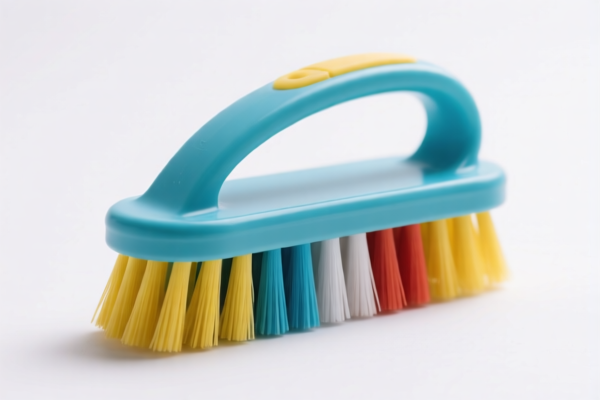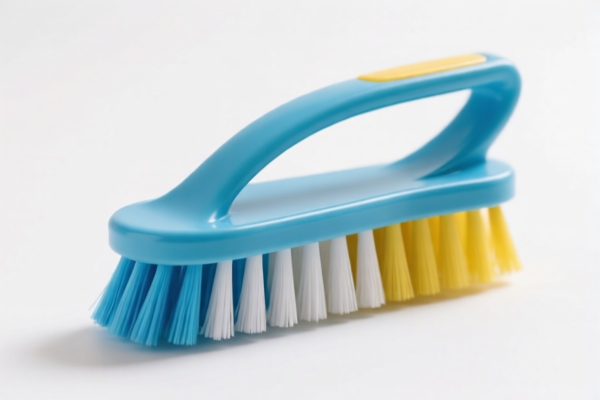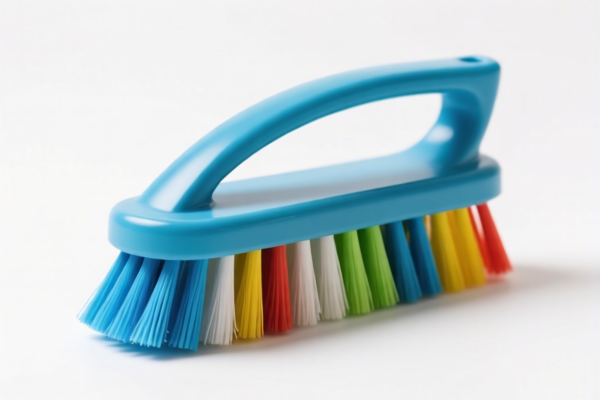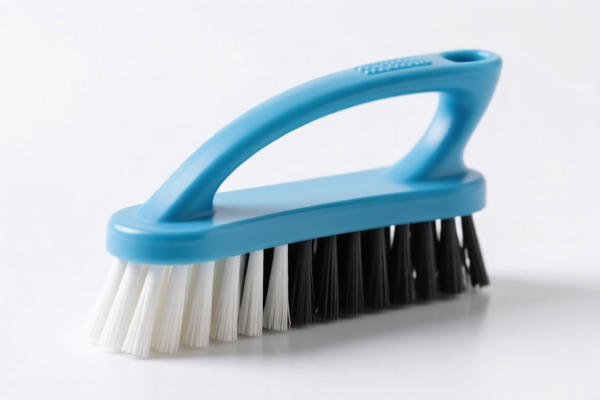| HS Code | Official Doc | Tariff Rate | Origin | Destination | Effective Date |
|---|---|---|---|---|---|
| 8424201000 | Doc | 57.9% | CN | US | 2025-05-12 |
| 8424209000 | Doc | 55.0% | CN | US | 2025-05-12 |
| 8451400000 | Doc | 58.5% | CN | US | 2025-05-12 |
| 9620003090 | Doc | The rate applicable to the article of which it is an accessory+30.0% | CN | US | 2025-05-12 |
| 9620005000 | Doc | 60.3% | CN | US | 2025-05-12 |




Cleaning Gun
A cleaning gun, also known as a wash gun or parts washer gun, is a tool used to apply cleaning fluid to remove contaminants from parts and surfaces. It is commonly employed in automotive repair, industrial maintenance, and manufacturing settings.
Material:
- Body: Typically constructed from durable materials such as brass, stainless steel, or engineered plastics to withstand the pressure and corrosive nature of cleaning solvents.
- Nozzle: Often made of hardened steel or brass for resistance to wear and chemical attack. Nozzle designs vary depending on the desired spray pattern and cleaning intensity.
- Internal Components: Seals and other internal parts are usually composed of materials compatible with a wide range of solvents, such as Viton, Teflon, or other chemical-resistant polymers.
Purpose:
The primary purpose of a cleaning gun is to efficiently and effectively remove grease, oil, dirt, metal shavings, rust inhibitors, and other contaminants from parts. They are designed to provide targeted cleaning action, reducing the need for manual scrubbing and improving cleaning consistency.
Function:
Cleaning guns operate on the principle of pressurized fluid delivery. They are connected to a source of cleaning fluid (solvent tank) and compressed air. When activated, the compressed air forces the cleaning fluid through the gun and out the nozzle, creating a high-velocity spray. The force of the spray, combined with the solvent's chemical properties, dislodges and removes contaminants. Some models incorporate features like adjustable pressure, spray pattern control, and heating capabilities for enhanced cleaning performance.
Usage Scenarios:
- Automotive Repair: Cleaning engine parts, brake components, transmissions, and other mechanical assemblies.
- Industrial Maintenance: Removing grease and grime from machinery, equipment, and work surfaces.
- Manufacturing: Cleaning parts before assembly, removing cutting fluids from metal components, and preparing surfaces for painting or coating.
- Aerospace: Cleaning aircraft components and engine parts to strict standards.
- Metalworking: Removing chips and coolant from machined parts.
Common Types:
- Air-Operated Cleaning Guns: The most common type, relying on compressed air to deliver the fluid. These are further categorized by fluid delivery method and pressure range.
- Fluid Delivery Systems:
- Siphon Feed: Draws fluid from a tank via a siphon tube. Suitable for lower viscosity fluids.
- Pressure Feed: Uses a pump to deliver fluid from a tank under pressure, providing consistent flow and higher cleaning power.
- Heated Cleaning Guns: Incorporate a heating element to warm the cleaning fluid, improving its solvency and cleaning effectiveness, especially for heavy oils and grease.
- Parts Washer Guns with Wash Tanks: Integrated systems consisting of a wash tank, pump, and cleaning gun, providing a self-contained cleaning solution.
- Adjustable Nozzle Cleaning Guns: Feature adjustable nozzles to vary the spray pattern from a narrow stream to a wide fan, allowing for targeted cleaning of different surfaces and contaminants.
- Automatic Cleaning Guns: Used in automated cleaning systems, often with robotic arms.
The declared goods, “cleaning gun”, can be categorized based on its function – projecting or spraying liquids for cleaning purposes. Here are the relevant HS codes based on the provided information:
- 8424201000: Mechanical appliances for projecting, dispersing or spraying liquids; fire extinguishers; spray guns and similar appliances; steam or sand blasting machines; parts thereof: Spray guns and similar appliances: Simple piston pump sprays and powder bellows. This code applies if the cleaning gun utilizes a simple piston pump mechanism or powder bellows for operation. The total tax rate is 57.9% (Basic tariff: 2.9%, Additional tariff: 25.0%, Post-April 2, 2025, additional tariff: 30.0%).
- 8424209000: Mechanical appliances for projecting, dispersing or spraying liquids; fire extinguishers; spray guns and similar appliances; steam or sand blasting machines; parts thereof: Spray guns and similar appliances: Other. This code is applicable if the cleaning gun does not fall under the 'simple piston pump sprays and powder bellows' category, representing other types of spray guns. The total tax rate is 55.0% (Basic tariff: 0.0%, Additional tariff: 25.0%, Post-April 2, 2025, additional tariff: 30.0%).
It is important to determine the specific mechanism of the cleaning gun to accurately classify it under either 8424201000 or 8424209000.
Customer Reviews
No reviews yet.